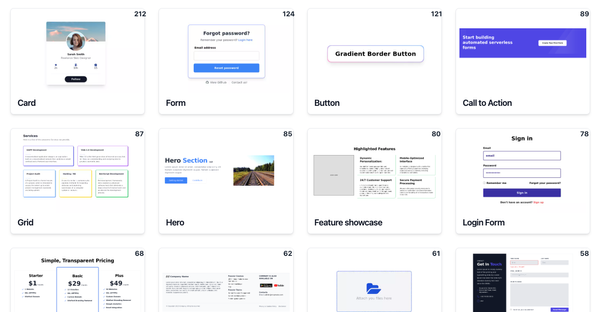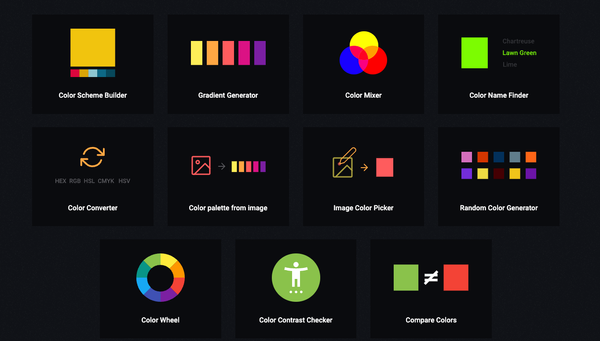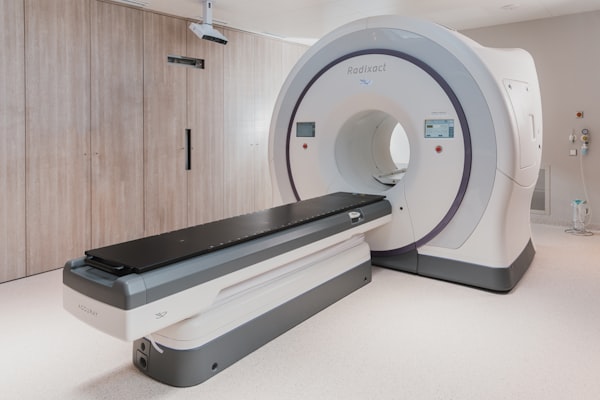What is Application Development? 5 Main Types of Application Development Methodologies
Are You Truly Ready to Put Your Mobile or Web App to the Test?
Don`t just assume your app works—ensure it`s flawless, secure, and user-friendly with expert testing. 🚀
Why Third-Party Testing is Essential for Your Application and Website?We are ready to test, evaluate and report your app, ERP system, or customer/ patients workflow
With a detailed report about all findings
Contact us nowTable of Content
Application development is a process aimed at creating and maintaining the functionality, quality, and reliability of software using technologies, methodologies, and practices from computer science, project management, mathematics, engineering, and other fields of knowledge. Like other traditional engineering disciplines, application development deals with issues of quality, cost, and reliability.
The choice of application development methodology is of key importance for the further success of the project. Therefore, if you want to get quality software engineering services, you should pay attention to this. In order to fully satisfy all the client's requirements, IT companies select the optimal development methodology for each specific case. Depending on the task, those modern development technologies are determined, the application of which will be the most expedient and effective.
It is worth noting that there is no single correct methodology that is optimal for any project. In each specific case, the right choice of development methodology depends on several factors:
- Project scale;
- Criticality of the project;
- Number and distribution of powers of project participants;
- The degree of project novelty;
- Expected duration of the project;
- Customer requirement.
Read below in detail about the features of software development and learn about the 5 main types of financial apps' development methodologies.
Software Life Cycle Processes
The concept of the software life cycle is one of the basic concepts in software engineering. It is a certain sequence of phases or stages from the moment of decision on the need to create software to its complete removal from an operation. A certain set of processes takes place in each phase. Each process generates a specific product using the necessary resources.
All software life cycle processes are divided into three groups:
- Basic processes;
- Organizational processes;
- Supporting processes.
The main processes include the acquisition process, the development process, the supply process, the operation process, and the process of maintenance:
- The acquisition process initiates the software life cycle and determines its buyer. This involves the fulfillment of the order and the delivery of the product to the customer;
- The development process determines the actions of the organization-developer of the product. It involves the activities performed by the developer and covers the work of creating the application and its components according to the requirements;
- The supply process determines the actions during the transfer of the developed product to the buyer;
- The operation process means system maintenance actions during its use;
- The process of maintenance means the actions of managing modifications, maintaining the current state and functional suitability, installing and removing versions of systems from the user.
Financial App Development Process: Main Stages
The finance app development process should provide a path from understanding the customer's needs to the delivery of the finished product. It consists of the following stages:
- Determination of requirements – the collection and analysis of the customer's requirements by the contractor and their presentation in a notation that is understandable to both the customer and the contractor;
- Designing – the transformation of requirements for development into a sequence of design solutions regarding ways of implementing requirements;
- Implementation – the transformation of project solutions into a software system that implements the specified software engineering solutions;
- Testing – checking each of the modules and their integration methods, testing the software product as a whole, testing the compliance of the functions of the working software system with the requirements set for it by the customer;
- Operation and maintenance of the finished application.
Software Engineer Services: Application Development Methodologies
According to the experts of the software engineering service, preparatory work on application development begins with the selection of a methodology that corresponds to the scale, importance, and complexity of the project. The development process must fully correspond to the chosen methodology.
To date, five main life cycle methodologies have become the most widely used. Among them are Waterfall Model, V-similar model, incremental model, iterative model, and Agile model. Let's consider the characteristics of each in detail.
Waterfall Model
The Waterfall Model is a model that uses a sequential implementation of all stages of development, each of which must be completely completed before the next one begins. This model is convenient for managing a small project because the development of the software is fast. The cost and terms of the end of the development are determined in advance. The disadvantage of this model is that it can be used only when developing applications with an unchanged technical task. However, this requirement is almost impossible during program development.
V-model
V-model is used in the development of software for which uninterrupted functioning is important. This includes, for example, programs for coordinating continuous technological processes at factories. This model's peculiarity is that the program's testing is carried out simultaneously with the corresponding stage of development. During the analysis of requirements, a check for the absence of logical errors in user actions is made, and all possible ways of using this software are considered. And during coding, unit tests are written. The disadvantage is the use of resources for parallel testing.
Incremental Model
The incremental model involves several cycles of software development, which forms a "multi-cascade" life cycle. According to this model, the software development procedure involves releasing the product in the basic functionality at the first stage. Then there is a sequential addition of new functions, so-called "increments". The shortcomings of this model include the need for planning and design of the software being developed, a clear and complete definition of the entire program.
Iterative Model
The iterative model involves the creation of a part of the functionality, which becomes the basis for determining further requirements. Successful use of the iterative software development model requires testing the requirements for each version of the software as part of each model cycle. The disadvantages of this model are the need for active management of the software development process, the impossibility of determining the exact date of completion of development, as well as the need to predict and analyze possible risks.
Agile Model
The Agile model (flexible development model) is characterized by the fact that after each iteration of the software development process, the customer can observe the result and understand whether it satisfies him or not. The shortcomings of this model include the lack of a formulated expected result, as well as the difficulty of estimating labor costs and development costs.
So, the software development process covers the designing, documentation, programming, testing, and continuous maintenance of the software product. These components form a workflow pipeline - a sequence of steps through which high-quality software products are created. Such a pipeline is called the software development life cycle and involves the use of one of the popular methodologies described above.












